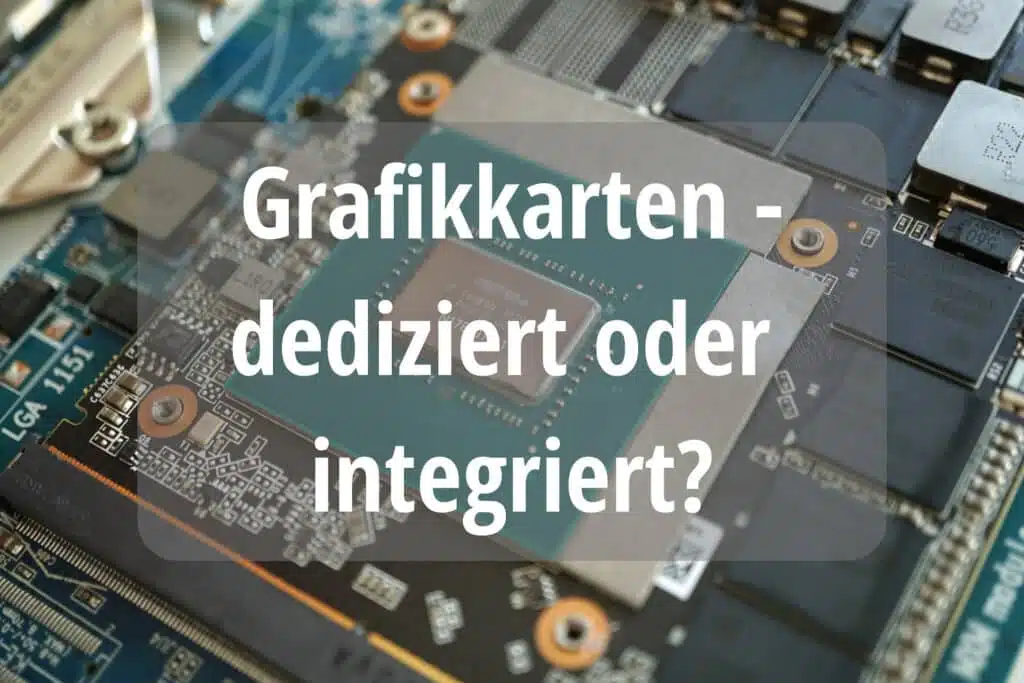11.11.2024

A graphics processor - GPU for short (for "graphics processing unit") - is referred to as integrated if it is installed in the chipset of the motherboard or in a separate die in the same chip housing. The former is referred to as an onboard graphics card.
As an integrated graphics card does not have its own memory, it uses the PC'sRAM, just like all other programs. The size of this so-called shared memory can either be set via the BIOS or is regulated dynamically by the system itself.
All our Mini PCs with an Intel CPU are equipped with the integrated Intel GMA graphics cards or the successor Intel HD Graphics or UHD Graphics.
As an integrated GPU does not have its own video memory, it only takes up a small amount of space inside a PC. Combined with its low power consumption, it is perfect for use in small devices such as notebooks or tablets. The price of systems with an integrated GPU is also lower, as there is no need for a separate cooling system. Such a graphics card is suitable for all common office applications, but also for industrial use scenarios. Due to the slower clock rate and because it shares the RAM with other applications, an IGP has a significantly lower performance than a dedicated graphics card.
In contrast to an onboard graphics card, a dedicated graphics card has its own video memory, or VRAM for short. Such a GPU is connected to the mainboard via a PCI, PCIe or AGP slot.
Our product portfolio also includes systems that are equipped with a dedicated graphics card:
Since a dedicated graphics card has its own video memory, the RAM is relieved and can be used for other tasks. Another advantage is that the peripheral devices are clocked much faster and are therefore also more powerful. A dedicated graphics card is indispensable, especially for use in workstations or in the demanding DS area, where several monitors are controlled simultaneously or programs such as Adobe Photoshop or CAD for 3D modeling are used. However, the enormous performance is also accompanied by very high power consumption and the development of heat. Therefore, a separate fan requires much more space than an integrated graphics card.
Last but not least, it can be said that a dedicated graphics card is not absolutely necessary for standard applications as mentioned above. However, they are extremely relevant for demanding applications or multi-monitor solutions in digital signage.

Machines that know when they need to be serviced before anything breaks down. Sounds like a dream of...

Although the vacation season was at its peak for us in September, we can shine with two new products...

Digital signage has long been much more than just static screens. In times of Industry 4.0, smart bu...
You need to load content from reCAPTCHA to submit the form. Please note that doing so will share data with third-party providers.
More Information